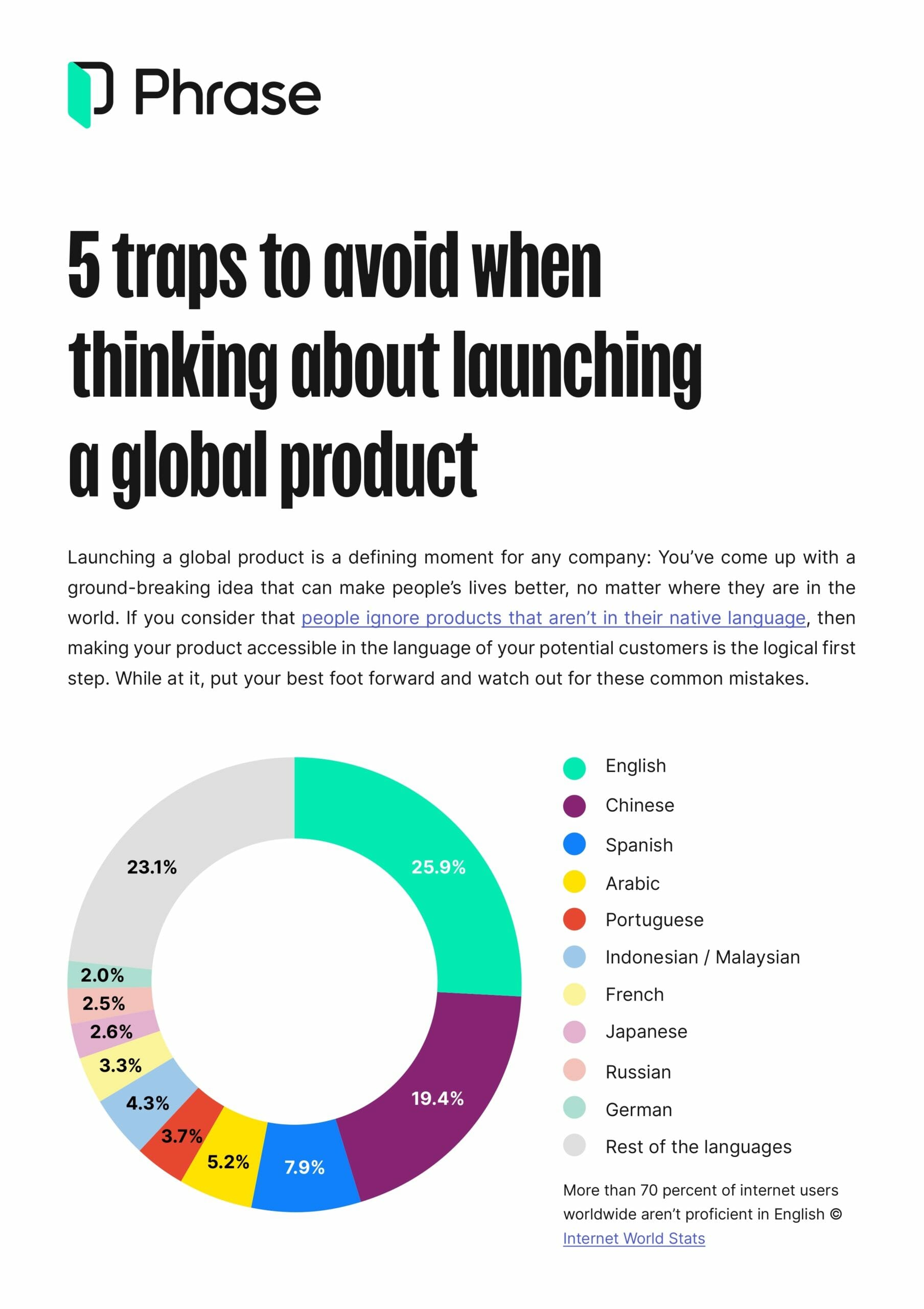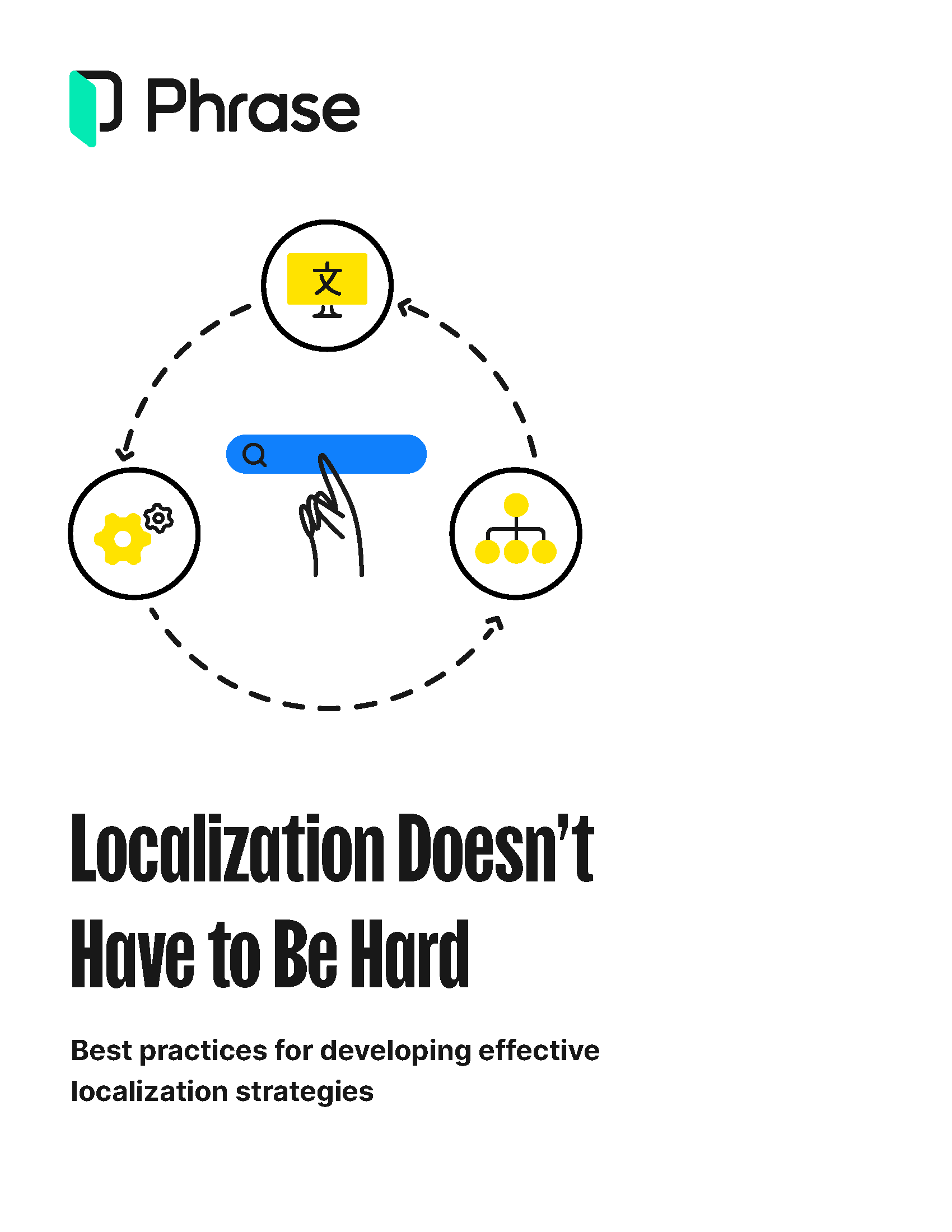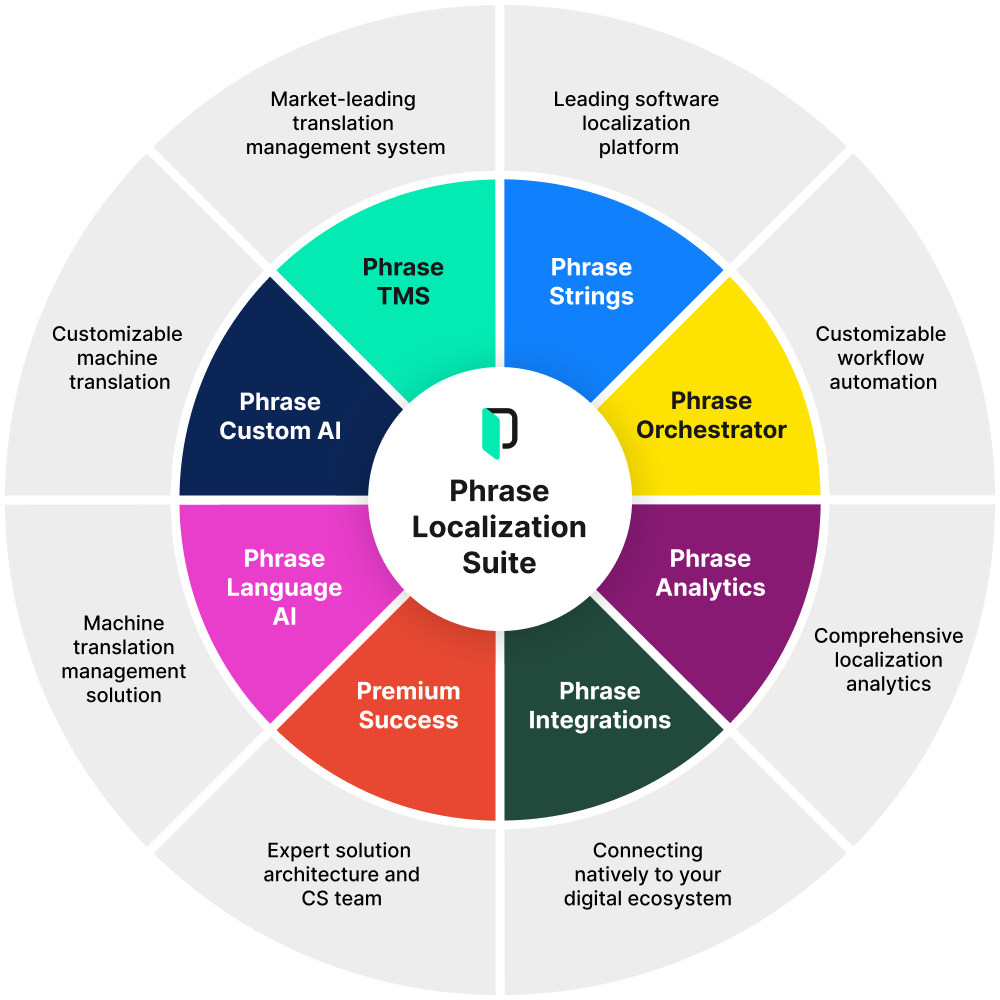Global business
Advancing Across Borders: A Strategic Roadmap for Manufacturing Businesses

The manufacturing sector has encountered a series of challenges in recent years—from geopolitical uncertainties and disruptions in supply chains to evolving consumer preferences and heightened regulatory scrutiny. At the same time, with global demand continually on the rise, along with rapid technological advancements, the need for a robust global footprint has never been more critical.
The differences in culture, language, and regulatory environments make global expansion a multifaceted puzzle. However, with the right strategies in place, manufacturing businesses can turn these challenges into growth opportunities. This guide provides a roadmap for navigating the complexities of expanding internationally, offering insights not only into mitigating risks but also capitalizing on diverse markets.
Key strategies for global manufacturing expansion
To thrive in the evolving global business landscape, manufacturing companies must deploy a comprehensive set of strategies that not only optimize operational efficiency but also enhance adaptability to changing market conditions:
- Diversifying the supply chain
- Adopting flexible pricing strategies
- Developing business partnerships
- Adapting offerings for new markets
Let’s examine each of these strategies for a more in-depth understanding.

FREE DOWNLOAD
5 traps to avoid when thinking about launching a global product
Most people ignore products in languages that they don’t speak, so give yourself the best chance of success by avoiding these 5 common mistakes in global expansion.
Diversifying the supply chain
Manufacturers face risks associated with relying on a single source for raw materials or components, particularly in a volatile economic landscape. Diversifying the supply chain is imperative in this scenario. This involves identifying and integrating alternative suppliers across different regions.
By doing so, manufacturers can reduce their dependence on a single source and mitigate risks related to geopolitical issues, natural disasters, or other disruptions in the supply chain.
Adopting flexible pricing strategies
Amid economic uncertainties and market fluctuations, manufacturing companies must be adaptable in their pricing strategies. Flexible pricing allows manufacturers to adjust prices based on changing market conditions, production costs, and competitive pressures.
Implementing dynamic pricing models enables companies to respond swiftly to fluctuations in input costs, currency exchange rates, and shifts in market demand. This flexibility is crucial for maintaining competitiveness and profitability in an unpredictable economic environment.
Developing business partnerships
Building strategic partnerships is a key aspect of risk management in manufacturing. These partnerships can be established with suppliers, distributors, or other manufacturers. Strong relationships with key suppliers contribute to a more stable supply chain.
Collaborating with distributors helps reach new markets and expand the customer base. Additionally, forming strategic alliances with complementary manufacturers can lead to shared resources, research and development efforts, cost-sharing, and enhanced innovation. These partnerships collectively provide a network of support and shared resources, enhancing the overall resilience of the manufacturing company.
Adapting offerings for new markets
Amid economic volatility in certain regions, opportunities may exist in emerging or stable markets. Exploring new markets involves identifying and entering regions that offer growth potential and stability. For manufacturers, this may entail exporting products to new countries, localizing products to suit different cultural preferences, and adapting marketing strategies for local markets.
By diversifying the customer base and spreading market exposure, manufacturing companies can reduce the impact of economic downturns in specific regions, ensuring sustained growth and adaptability in a dynamic global landscape. Let’s take a closer look at why localization can be a game-changer for manufacturers seeking to expand globally.
The power of strategic localization to drive global manufacturing growth
As more manufacturing businesses expand their operations across borders, the deliberate decision to establish a localized manufacturing presence proves to be a game-changer.
This approach involves tailoring production processes to suit the unique characteristics of specific regions, taking into account not only economic factors but also cultural nuances and regulatory environments.
The power of strategic localization lies not only in its ability to enhance operational efficiency but also in its capacity to foster sustainable relationships with local communities and consumers.

Free download
Best practices for developing effective localization strategies
Explore how to tackle localization management efficiently and engage customers across the globe in their native languages and local experiences.
Localization facilitates market entry
Launching your product or service in international markets brings its own set of challenges. On top of legal and logistical obstacles, cultural and communication issues may be serious roadblocks.
While localization can’t eliminate all of these speed bumps, it can help you avoid potential cultural faux pas through bad translations or inappropriate images that could damage your brand.
By addressing cultural nuances and language preferences from the start, you reduce the time it takes for potential customers to connect with your offering, ultimately helping your business gain traction more quickly.
Localization provides a competitive edge
When facing local competitors in a new target market, it can be challenging to compete against companies that are deeply ingrained in it. Local businesses often find it easier to establish trust with their audience compared to new players.
By localizing your product, you effectively level the playing field and create a more even competitive landscape.
Similarly, on the global stage, having competitors who aren’t engaged in localization also gives you a distinct edge. This advantage allows you to establish a strong foothold in new markets.
While your rivals may struggle to navigate the complexities of catering to local preferences, your commitment to localization positions you to capture a larger share of the market and solidify your presence in regions where others might falter.
Localization improves customer satisfaction
Localizing your content will show your commitment to your customers. If you’re addressing your customer’s needs in a way they understand and are comfortable with, they’re more likely to buy your product or service.
From user manuals and payment methods to multilingual customer support, localizing all parts of the customer journey will help your customers make a buying decision much more easily.
The ins and outs of multilingual customer support
Learn how to retain international customers by providing effective customer support that addresses their specific needs in their native languages.
Localization fosters brand loyalty
Delivering a seamless user experience lays the foundation for fostering trust among your buyers—a crucial element for building brand loyalty. Establishing this trust entails communicating with your users in their native languages and customizing your product to their needs.
Satisfied customers tend to develop strong brand loyalty and are inclined to remain committed, ultimately evolving into authentic advocates for your product.
Localization boosts revenue
Reaching a broader audience means greater revenue potential—and when you localize your product well, you have a good chance to see a boost.
Localization is essential for keeping current customers and acquiring new ones—both of which can impact your bottom line.
At the same time, by automating translation processes using cloud localization technology, you will be sure to make the most of your resources and stay productive.
All of this can lead to a significant localization ROI (return on investment) that can impress everyone in your organization.

Dive deeper
Deploy localization as a lever for growth
Learn how to develop and implement a cost-effective localization strategy that ensures a strong return on investment.
Unlock global potential with the Phrase Localization Platform
Localization and translation technology is a worthwhile investment to safeguard your business against volatile economic times. However, you can only ensure a strong return on investment by relying on a technology partner who can cover all localization needs across your organization.
Growing businesses around the world trust Phrase—a fully integrated suite of translation automation technology—to reach more people, make deeper connections, and drive global growth by connecting, automating, and managing all localization activity in one place.
The Phrase Localization Platform seamlessly connects with your digital ecosystem, catering to your current needs while scaling effortlessly as your requirements evolve. Add fully flexible pricing, and it’s easy to see why Phrase is the preferred choice for businesses looking to secure their profits and expand their global footprint more quickly and efficiently.

The time to act is now. By incorporating localization and translation technology into your risk mitigation strategy, you’re not only future-proofing your organization but also demonstrating your commitment to global growth and customer satisfaction. Rather than waiting for the ideal moment—seize the opportunity today with the Phrase Localization Platform and reap the rewards of a stronger, more resilient business.
Speak with an expert
Want to learn how our solutions can help you unlock global opportunity? We’d be happy to show you around the Phrase Localization Platform and answer any questions you may have.





